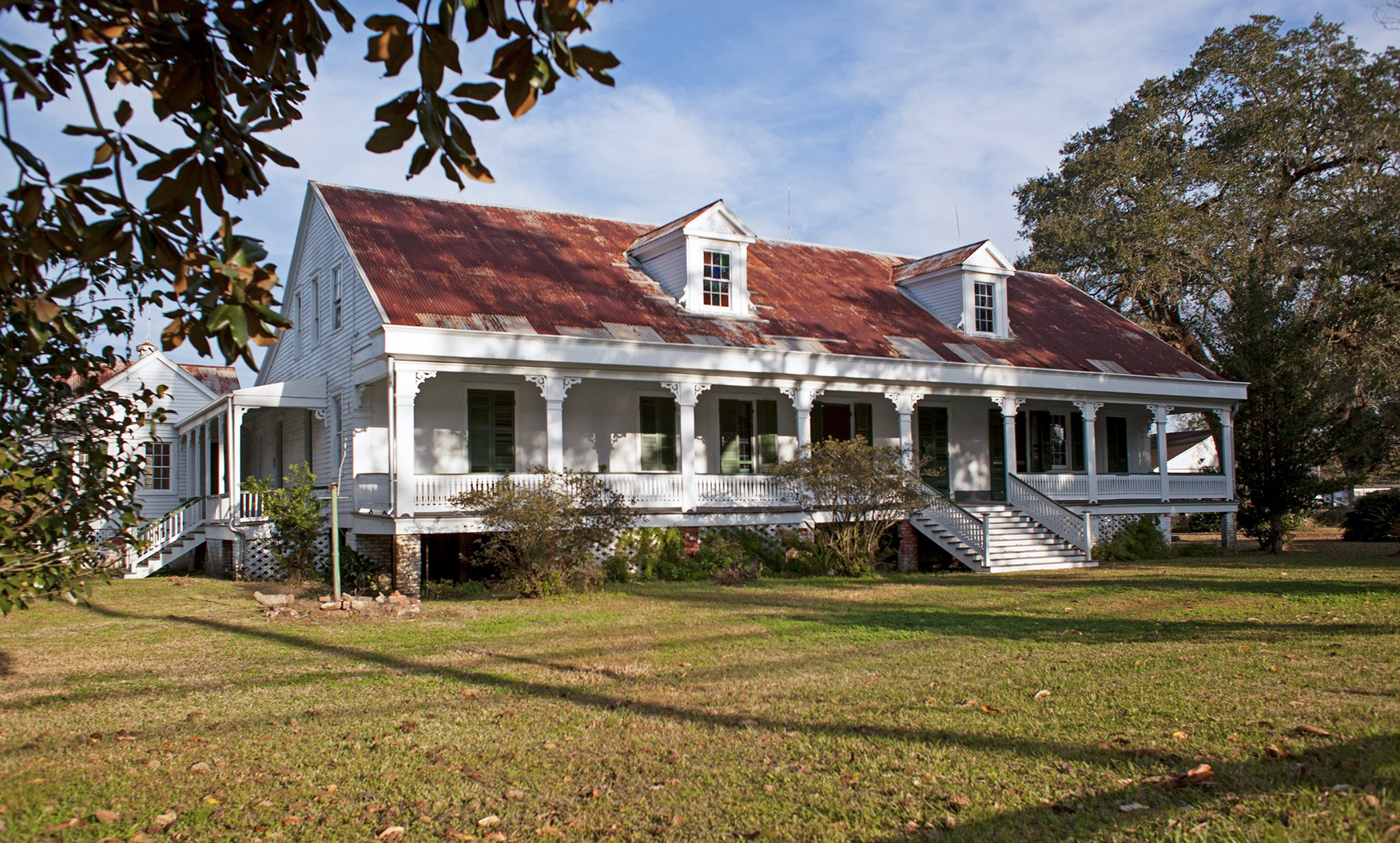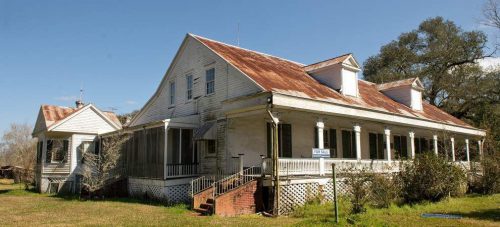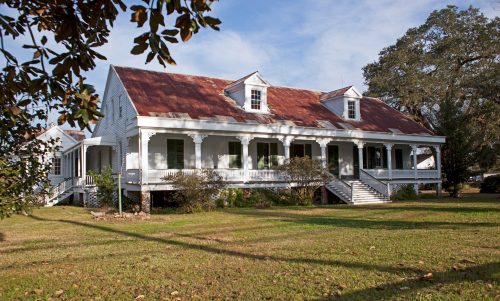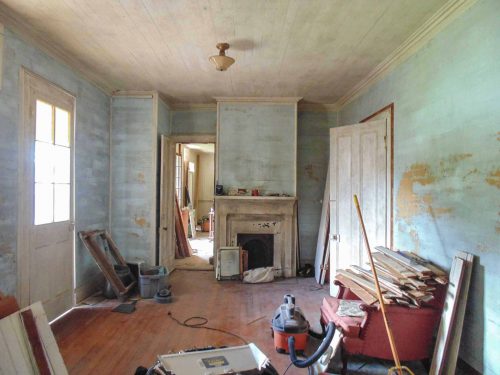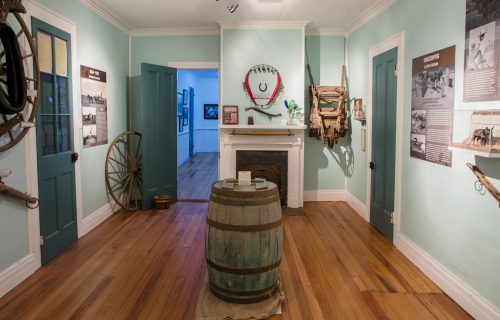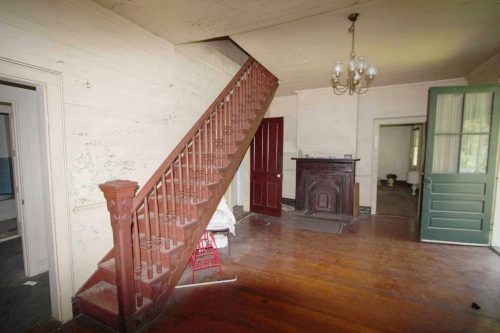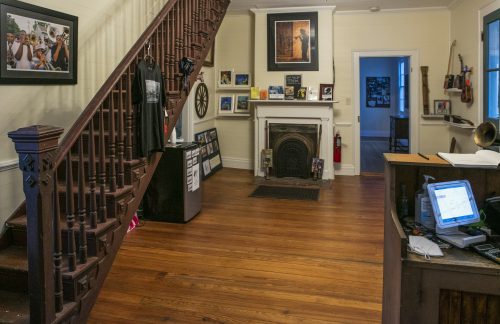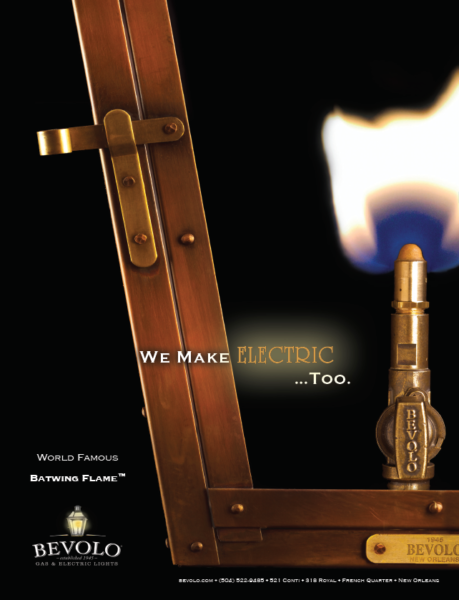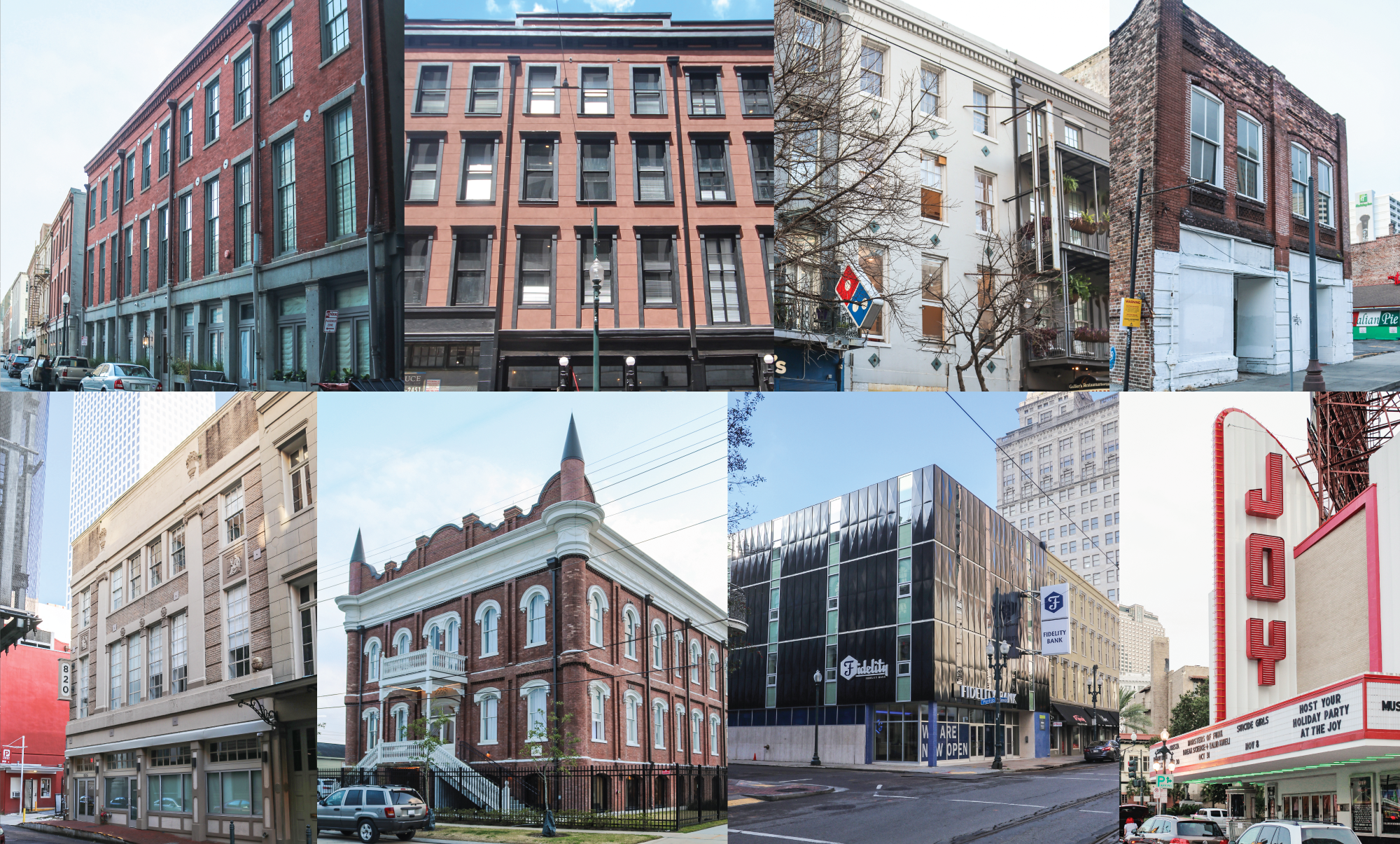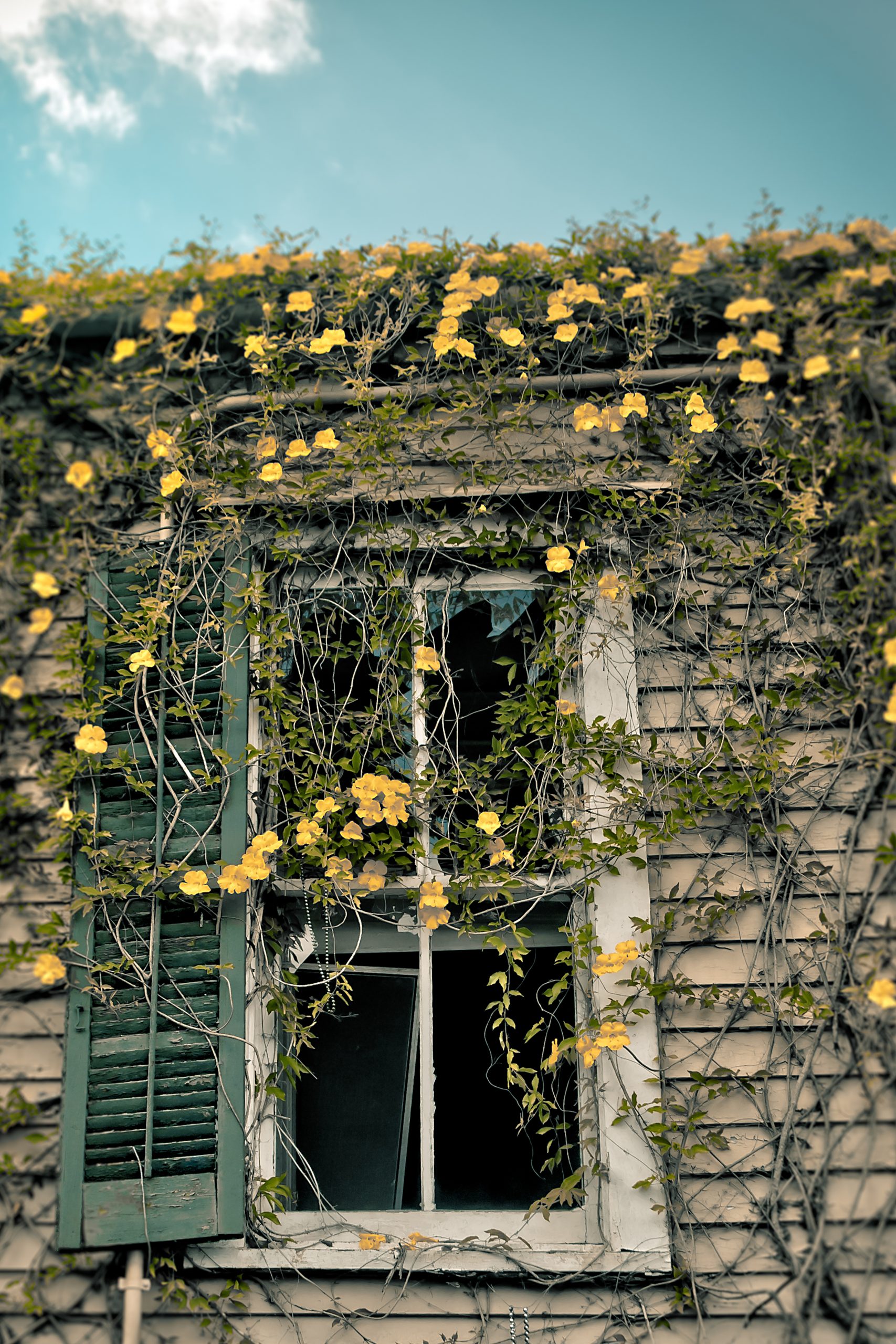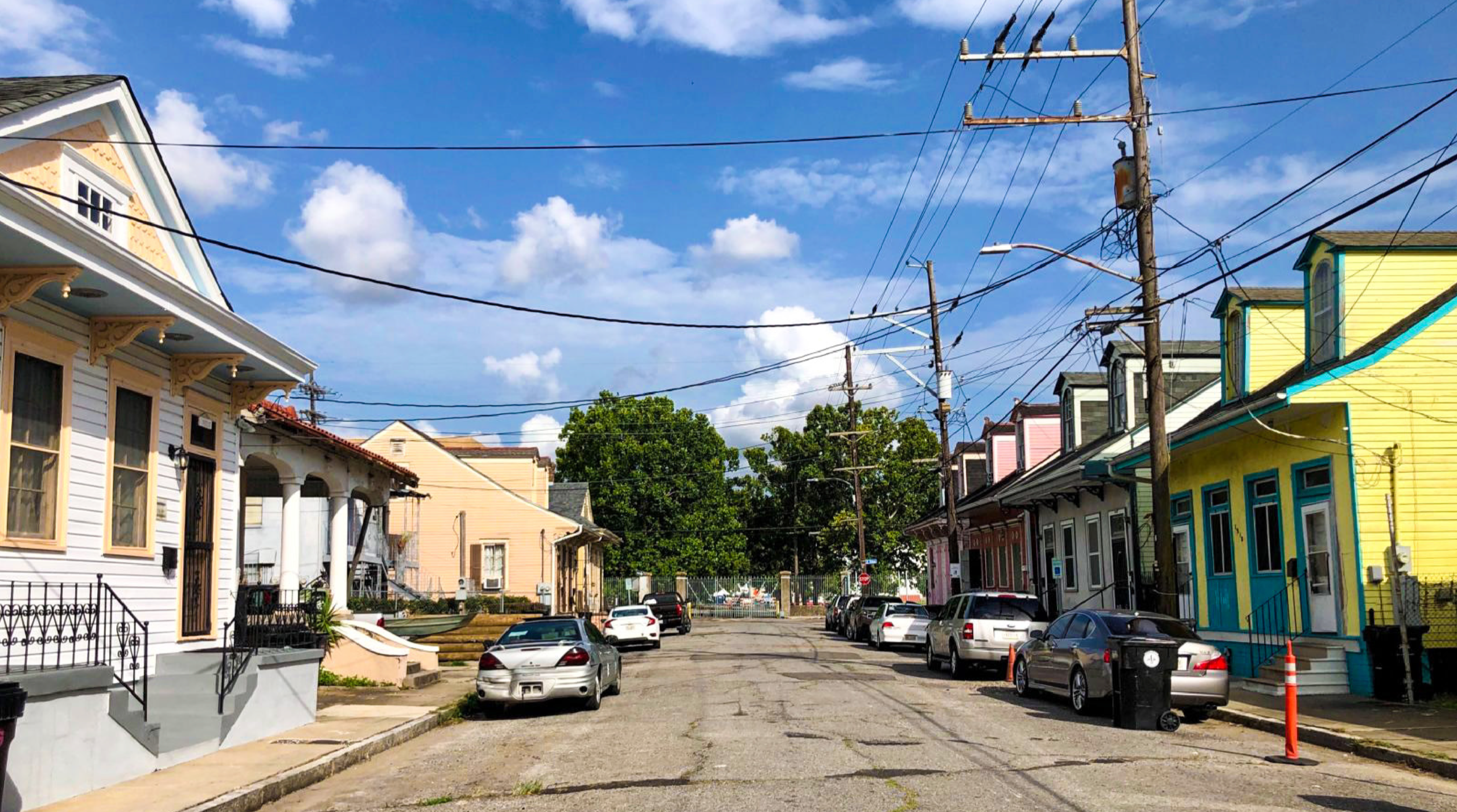This story appeared in the March issue of PRC’s Preservation in Print magazine. Interested in getting more preservation stories like this delivered to your door nine times a year? Become a member of the PRC for a subscription!
When the 1811 Kid Ory Historic House recently opened its doors as a museum, it symbolically reopened a centuries-old structure nearly lost to the ages. Over the years, this “big house” had several names, including the Andry Plantation, the Woodland Plantation and the Montegut House.
When Manuel Andry obtained the property in 1793, he built a two-room structure near the Mississippi River and established it as a sugar plantation on the vast concession of deltaic alluvial soil. As Gabrielle Begue points out in the building’s nomination to the National Register of Historic Places, the two rooms “follow the traditional salle-chambre plan, which comprises a larger parlor-like room (19 feet, 10 inches by 19 feet, 3 inches) and a smaller private chamber (16 feet, 1 inch by 19 feet, 3 inches).” Extensive renovation on the house in 2017 revealed that laborers built the structure through the traditional French colombage, or half-timber method, and infilled framing members with bousillage, an earthen building material typically made of tempered earth and Spanish moss. As architect Jennie Cannon-West pointed out pre-renovation, the smaller room features wide-plank boards ranging from 11 inches to 13 inches in width, indicative of standard flooring practices in the 18th and early-19th centuries.
Advertisement
This physical evidence suggests that the private chamber is most likely where Commandant Manuel Andry laid on the night of Jan. 8, 1811, when Charles Deslondes and his fellow enslaved rebels attacked Andry and killed his son Gilbert — initiating the 1811 Slave Revolt. Now with the house open as a museum, this room features an exhibit on the revolt, also known as the 1811 German Coast Uprising. It includes newly discovered details about the country’s largest rebellion of enslaved people and features period furniture, including a 19th-century armoire meticulously crafted by H. Girault, whose name is engraved in the door.
A few months after the uprising, Andry sold the house, plantation and 30 enslaved humans to entrepreneur François Norbert Boudousquie of New Orleans for $65,000. Between then and Boudousquie’s death in 1831, he expanded the house into a four-room structure. The hand-hewn cypress framing, French doors and additional front, rear and side galleries suggest that the house — considered large by 19th-century standards — looked more like a typical French Creole plantation house during this phase than in its original 1793 state. Today, the two rooms that Boudousquie added house “Stomping Grounds: Mules at Work in Southeast Louisiana” and part of an exhibit on Edward “Kid” Ory’s life in Louisiana. Preservation in Print readers may remember the Preservation Resource Center’s extensive work to save Kid Ory’s house at 2135 Jackson Ave. in New Orleans in the early 2000s. The PRC purchased and restored the home, which had been blighted. Ory (1886-1973) was a trombonist, saxophonist, composer and bandleader, who lived at 2135 Jackson Ave. from 1910 until 1916. He led both the Woodland Band in LaPlace and his own band in New Orleans, and recorded with Louis Armstrong’s Hot Five, Joseph “King” Oliver and Jelly Roll Morton’s Red Hot Peppers.
Jacob Hollingsworth, a businessman from Baltimore, Md., purchased the plantation from Boudousquie’s widow in 1839. His son Samuel stepped in to assist with plantation operations; within a few years, they expanded the house for the younger Hollingsworth’s growing family. The house evolved aesthetically with Greek Revival crossette-frame casings in the front gallery and double-hung sash windows under their ownership. Samuel Hollingsworth significantly enlarged the house structurally to make room for his seven children by enclosing the rear circa-1810s loggia and adding two new rooms. They now house an exhibit hall, currently featuring photographs of Louisiana culture bearers, the second Kid Ory exhibit room, and visitors’ entrance/gift shop.
Before & After: The former Woodland Plantation, purchased by Timothy P. Sheehan in 2017, has been restored to its 1890s condition and added to the National Register of Historic Places. Before photo courtesy Gabrielle Begue and Timothy P. Sheehan from the National Register of Historic Places listing. After photo by John McCusker.
Hollingsworth also built a full-length rear gallery, erected a side-gabled structure immediately behind the house and built a simple single-story, square outbuilding constructed of wood with a pyramidal roof.
Despite the architectural additions, perhaps the Hollingsworth era’s most personal touch is the tag, “Nina Hollingsworth July 15, 1862,” etched in one of the 10-lite paneled French doors. Supposedly a suitor etched Nina’s name into the glass to show her the authenticity of the diamond ring he gave her when he proposed marriage. Another name was etched into a nearby pane in 1962.
In 1870, John Chaffe purchased the plantation in a sheriff’s auction and rechristened the mechanized sugar farm with its most remembered name, The Woodland Plantation. In the 1880s, a massive, extant mule barn was erected between the main house and the tenants’ quarters that extended up Cardinal Street. On Christmas Day in 1886, Edward “Kid” Ory was born in the quarters, roughly on the northeast corner of Cardinal Street and U.S. Highway 61. Though the tenant quarters’ physical structures have not been identified, the community retains the name Historic Woodland Quarters.
Advertisement
This spring, students from the Greater New Orleans Archaeology Program of the University of New Orleans hope to unearth new information about the plantation through a service-learning class facilitated by Dr. Ryan Gray and LSU doctoral candidate Kenetha Harrington.
In 1898, the Ory brothers — John L., Felicien, Lezin Jr. and Emydge — purchased the Woodland Plantation with Augustin Lasseigne and Leon Keller. John L. Ory, a distant cousin of Kid Ory, moved into the house to manage plantation operations. Like Samuel Hollingsworth, John L. Ory also had a large family and similarly altered the place to its current footprint; Begue notes these changes included the addition of decorative brackets, a tongue-and-groove wood ceiling and a decorative front railing of sawn balusters. John L. Ory erected side porches and gable dormers, plus diamond-pane sidelites and a multi-lite transom over the rear entrance. He also connected the rear ell and built an adjacent octagonal bay for his daughters.
Around this time, the Orys built a cistern and erected a carriage house behind the main house. While Kid Ory played and worked on the site as a boy, he would have noted the painted warnings throughout the carriage house saying: “Notice — No Loafers Allowed in Here. — J.L.O” and “No Smoking In Here U.2.”
Before & After: One of the rooms added by Nobert Boudousquie between 1811 and 1831 now houses the “Stomping Grounds” exhibit, which explores postbellum sugar production in Louisiana. Before photo courtesy Gabrielle Begue and Timothy P. Sheehan from the National Register of Historic Places listing. After photo by John McCusker.
The subsequent deaths of John L. Ory and three other Woodland partners by 1923 spurred the plantation’s subdivision, which led to the establishment of LaPlace. Within a decade, the Orys turned the home into a boarding house to help curb the financial hardship of the Great Depression and provide housing for laborers working on the Bonnet Carré Spillway. For the rest of the 20th century, it was commonly known as the Montegut House.
Two actions helped the endangered Montegut House in 2017. First, the house was added to the National Register of Historic Places under Criteria B for its association with Kid Ory and under Criteria C for its surviving Creolized bousillage construction ranging from circa 1793 through the 1840s. In March 2017, Timothy P. Sheehan purchased the house from multiple Ory descendants and began extensive renovation work. After the signing, he immediately drove to the house with a “carload of tools and a sleeping bag.” For weeks Sheehan camped on the property and enlisted skilled carpenters Patrick Dennon and Nora Goddard, among others. They restored worn sections of the porch and deconstructed the old boarding house footprint; for example, multiple private bathrooms were removed from the enclosed back gallery.
Despite the Woodland Plantation house’s return to its late 19th-century form and meticulous restoration by Sheehan, reopening the dwelling as the 1811 Kid Ory Historic House provided a new set of challenges. Funding had to be reallocated for an ADA-compliant elevator to allow alternative access into the house, which is raised on five-foot brick piers. Team member Jason Brooks cleverly fastened a plumbing “splitter” for the ADA-compliant bathroom sink, so pipes would not compromise the 18th-century bousillage and the main cypress support beam under the oldest section of the house. The ongoing COVID-19 pandemic delayed opening by nearly a year.
During the pandemic delay, scholar-in-residence Daniel Senentz, Jr., and Managing Director John McCusker researched the 1811 German Coast Uprising in more depth and acquired period-appropriate furniture and antiques. The museum now serves as the starting point of the 1811 Slave Revolt Trail. Visitors can access the informational trail kiosk in the driveway. McCusker, a retired photojournalist, is the author of Creole Trombone: Kid Ory and the Early Years of Jazz, and creator of the Cradle of Jazz Tour.
Reopening the former Woodland Plantation house as the 1811 Kid Ory Historic House is an appropriate juncture for a structure that has continually evolved and persevered for more than 200 years as one of the River Parishes’ oldest buildings.
The 1811 Kid Ory Historic House, at 1128 Highway 628 in LaPlace, is open Tuesday through Sunday, 10 a.m. to 3 p.m. For more information, visit 1811kidoryhistorichouse.com.
Information about the 1811 Slave Revolt Trail can be found at the1811slaverevolt.com.
Before & After: The Orys enclosed part of the circa-1840s rear gallery and moved the attic stairs to where the museum welcomes visitors today. The gift shop features locally and regionally made instruments, art and jewelry, in addition to books and music relevant to the museum’s exhibits. Before photo courtesy Gabrielle Begue and Timothy P. Sheehan from the National Register of Historic Places listing. After photo by John McCusker.
Charlotte Jones is the operations and program manager of the 1811 Kid Ory Historic House and a history practitioner in New Orleans.
Advertisements



